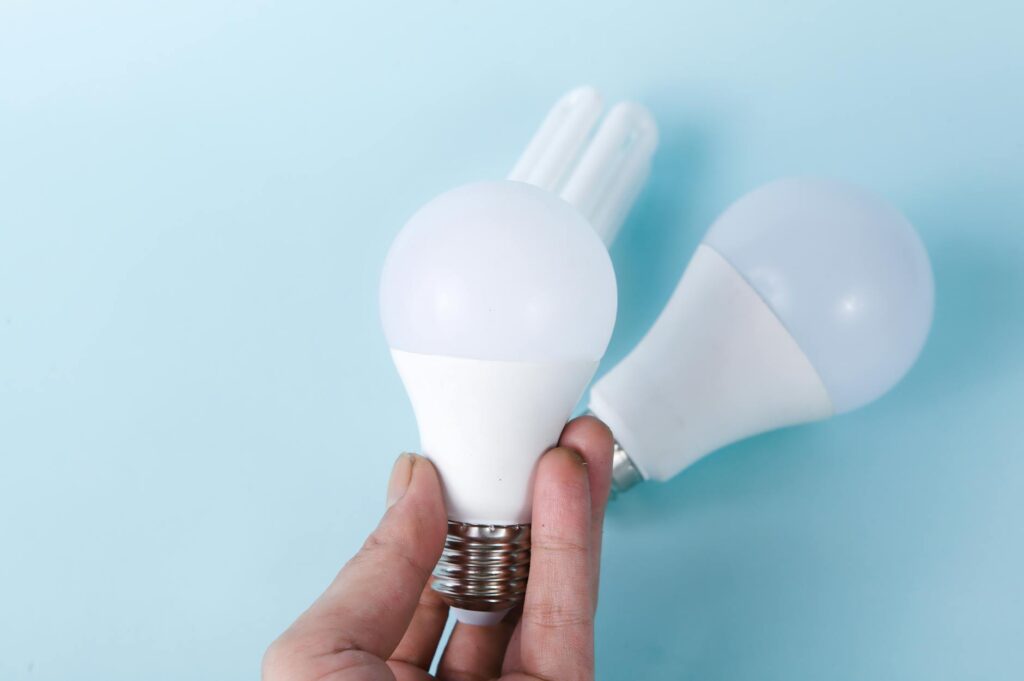In recent years, LED technology has revolutionized the way we think about lighting by combining energy efficiency with superior performance. However, understanding the full benefits of LED lighting demands a grasp of two fundamental concepts: watts and lumens. These terms, while often confused, play crucial roles in illuminating the efficiency and effectiveness of LEDs compared to traditional lighting solutions.
Understanding Watts
Traditionally, watts have been the go-to measurement for light bulb power. They tell us how much energy a bulb consumes, not the amount of light it emits. In the LED era, this measurement is still vital for understanding energy use but becomes a less direct indicator of brightness.
Decoding Lumens
Lumens measure the total amount of visible light produced by a source. Thus, when considering LED lighting, lumens provide a more accurate indication of brightness than watts, showcasing the efficiency of LEDs in providing greater light output with less energy consumption.

The Shift from Watts to Lumens
The transition to LED technology has shifted the focus from how much energy a light source uses (watts) to how much light it produces (lumens). This shift emphasizes the importance of lumens in determining the true efficiency and cost-effectiveness of lighting.
Comparing LED to Traditional Lighting
When compared to incandescent or halogen bulbs, LED lights can produce the same amount of light (lumens) while using significantly fewer watts. This comparison highlights the energy-saving potential of LEDs.

Understanding Color Temperature
Color temperature, measured in Kelvin, affects the appearance of light emitted by an LED bulb. While not directly related to watts or lumens, it’s vital for creating the desired ambiance in a space.
Impact on Energy Bills
Switching to LED lighting affects not only our planet but also our pockets. By using bulbs that require fewer watts to produce higher lumens, consumers can see a significant reduction in energy bills.
Calculating Light Efficiency
The efficiency of a light source is often calculated by dividing the number of lumens it produces by the watts it consumes. This lumens-per-watt ratio highlights the cost-effectiveness and environmental benefits of LED technology.
Environmental Considerations
LEDs significantly reduce carbon footprint by lowering energy consumption. This aspect is crucial in efforts towards sustainable living and combating climate change.
Longevity and Durability
LEDs not only shine in terms of lumens and energy efficiency but also excel in lifespan and durability, outlasting traditional bulbs and further reducing waste and replacement costs.
Choosing the Right LED Bulbs
With a plethora of LED options available, selecting the right bulb involves considering lumens, watts, and color temperature to match specific lighting needs.
Understanding Dimmability
LEDs offer advanced features such as dimmability, which allows further energy savings and customization of lighting in various contexts.
Regulatory and Industry Standards
As LED technology evolves, so do the standards and regulations governing its use, ensuring safety, compatibility, and efficiency in lighting solutions.
Innovations in LED Technology
Continuous advancements in LED technology promise even greater efficiency and versatility in lighting, from smart lighting solutions to innovative designs that fit any decor.
The Future of Lighting
The trajectory of lighting technology strongly points towards a future dominated by LEDs, given their unmatched efficiency, longevity, and adaptability.
Maximizing Energy Savings
Understanding the principles of watts and lumens is key to leveraging LED technology for the maximum energy savings and environmental benefits.
Practical Tips for Transitioning to LED
Adopting LED lighting involves more than just replacing old bulbs; it encompasses evaluating lighting needs, understanding the specs of different LED products, and considering the environmental impact of lighting choices.

The Importance of Quality in LED Lighting
Investing in high-quality LED lights from reputable manufacturers can ensure the best performance, longevity, and energy savings.
LEDs and Smart Home Technology
The integration of LEDs with smart home technology offers unprecedented control over lighting, further enhancing energy efficiency and convenience.
Conclusion
As we traverse further into the LED era, understanding the significance of watts and lumens becomes crucial for anyone looking to make informed decisions about lighting. The transition from conventional lighting to LEDs represents not just a technological shift but a broader move towards sustainability and energy efficiency. By focusing on lumens as a measure of light output and considering watts for energy consumption, consumers can optimize their lighting solutions in terms of both environmental impact and cost-effectiveness.
Frequently Asked Questions
What makes LED lighting more efficient than traditional bulbs? LED lighting is more efficient due to its high lumen output per watt, meaning it produces more light using less energy.
How do I choose the right LED bulb? Choosing the right LED bulb involves looking at lumens for brightness, watts for energy consumption, and color temperature for the light’s appearance.
Can switching to LED lights really save on energy bills? Yes, switching to LED lighting can significantly reduce energy bills due to their lower energy consumption for the same or greater light output compared to traditional bulbs.
Are all LED lights dimmable? Not all LED lights are dimmable. Check the product specifications to ensure compatibility with dimmer switches.
Do LEDs work with smart home systems? Many LED lighting solutions are designed to be compatible with smart home systems, offering enhanced control and efficiency.





